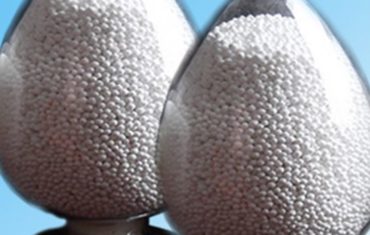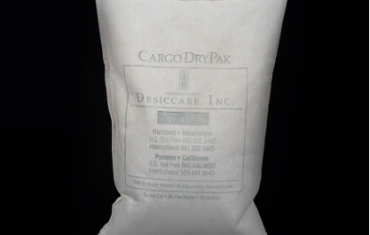Brief Guide to Activated Alumina
In the realm of chemical processes and industrial applications, finding the right material for filtration and purification is crucial. One such remarkable substance that has gained widespread recognition is activated alumina. Known for its exceptional adsorption properties, activated alumina has proven to be a versatile and effective solution for various industries. In this blog, we will delve into the world of activated alumina, exploring its applications, benefits, and the science behind it.
What is Activated Alumina?
Activated alumina is a highly porous, solid form of aluminum oxide that is produced by dehydroxylating aluminum hydroxide. The activation process removes the water content from the material, resulting in a large surface area and abundant adsorption sites. These characteristics make it an excellent choice for applications requiring adsorption, purification, and catalysis.
Applications of Activated Alumina
· Water Treatment
Activated alumina plays a crucial role in water treatment processes. It effectively removes contaminants such as fluoride, arsenic, selenium, and silica from water sources. Its high surface area allows for enhanced adsorption capacity, making it an efficient medium for purifying drinking water and industrial wastewater.
· Desiccant
Due to its ability to adsorb moisture, activated alumina is widely used as a desiccant in various industries. It can be employed to dry gases and liquids, including compressed air, natural gas, and refrigerants. The desiccant properties of activated alumina help prevent corrosion, preserve the quality of products, and extend the lifespan of the equipment.
· Petrochemical Industry
Activated alumina finds extensive use in the petrochemical industry for the purification of gases and liquids. It effectively removes impurities like sulfur compounds and moisture from feedstocks, thereby ensuring the optimal performance of catalysts and preventing corrosion in process units.
· Catalyst
The unique structure of activated alumina, combined with its high surface area, makes it excellent catalyst support. It is widely used in catalytic processes such as the production of hydrogen peroxide, Claus sulfur recovery, and the removal of pollutants from exhaust gases. Bulk desiccant alumina provides a stable and active surface for catalysts, enabling efficient chemical reactions.

Benefits of Activated Alumina
· High Adsorption Capacity
Activated alumina desiccant has impressive adsorption capacity due to its large surface area and pore structure. This makes it highly efficient in the removal of contaminants, ensuring clean and purified liquids or gases.
· Thermal Stability
Activated alumina exhibits excellent thermal stability, allowing it to withstand high temperatures without degrading or losing its adsorption properties. This feature makes it suitable for applications that involve elevated temperatures.
· Regenerability
One of the key advantages of activated alumina is its regenerability. After reaching its adsorption capacity, it can be easily regenerated and reused, reducing operational costs and environmental impact.
· Versatility
Activated alumina’s versatility stems from its wide range of applications. Its adaptability to different environments and ability to target specific contaminants make it an invaluable asset across various industries.
If you’re looking for an activated alumina supplier in Gujrat, get in touch with Sorbead India Today. We provide moleculer sievesand alumina for fluoride removal to our clients.












